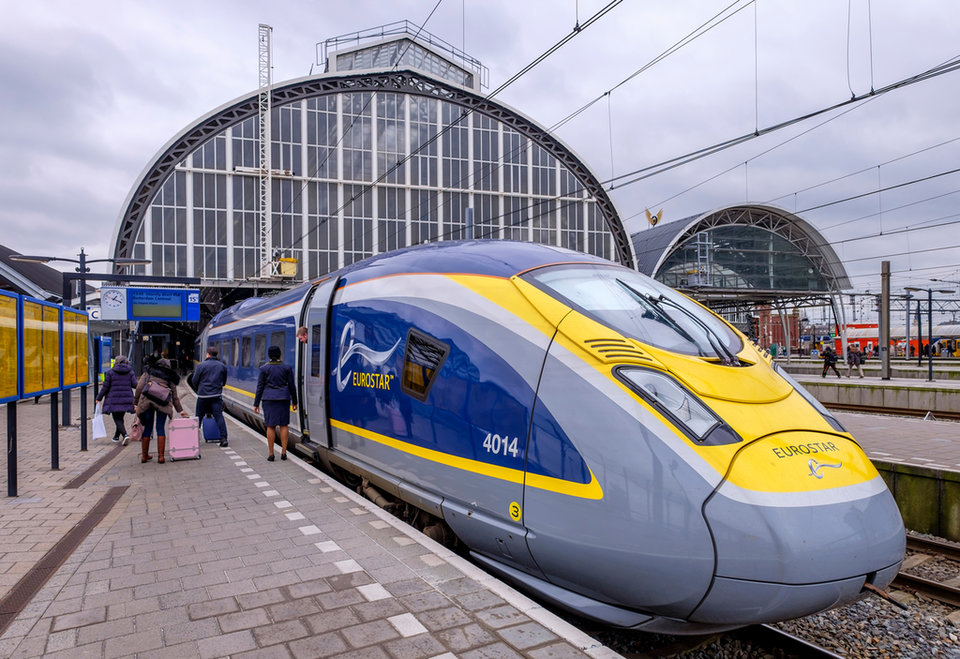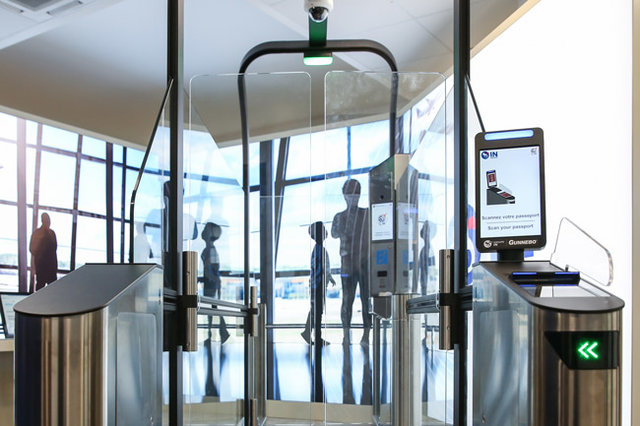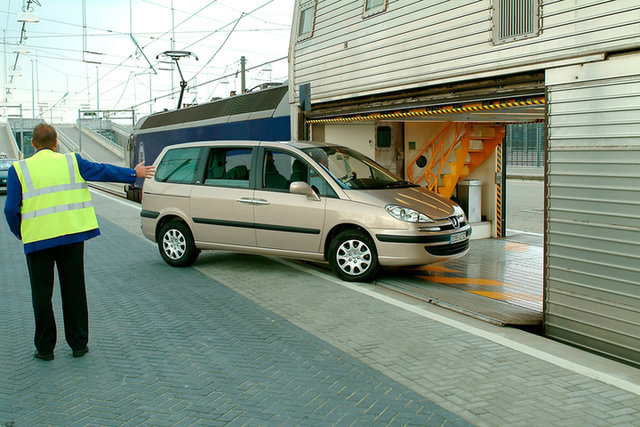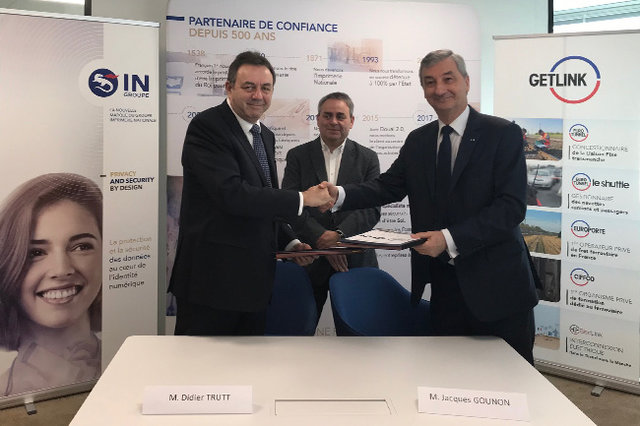In the context of Brexit, Eurotunnel and IN Groupe have taken the lead regarding the issues of safety and fluidity
Bracing for Brexit
The deployment of biometric border control by Eurotunnel fits the operator’s wider goal of increasing passenger and freight throughput without compromising security. This objective has become particularly pressing in light of the UK’s ongoing and somewhat fumbling attempt to leave the EU, as acknowledged by Hauts-de-France Regional Council President Xavier Bertrand, who attended the signing of the agreement between Eurotunnel and IN Groupe.
“In the context of Brexit, Eurotunnel and IN Groupe have taken the lead regarding the important issues of safety and fluidity,” Bertrand said. “This technology does not replace people, but allows us to face new challenges and to save time. The Hauts-de-France region is ready, thanks to Imprimerie Nationale technology which will help passengers. It is tried and tested technology: it provides safety and comfort.”

Image: www.hollandfoto.net / Shutterstock.com
There is still a great deal of uncertainty surrounding Brexit, and the Channel Tunnel’s immense importance for trade between mainland Europe and the UK and Ireland makes it a key stress point. Eurotunnel serves around 20 million passengers, 2.6 million cars and 1.6 million trucks each year, and 25% of trade between the UK and continental Europe passes through the tunnel. The company has been investing heavily to upgrade its systems in preparation for Brexit, including installing van and freight scanners to shorten cargo check times and making general infrastructure improvements.
Last year Eurotunnel also announced a partnership with GE Power’s Grid Solutions to install a static synchronous compensator system to improve the stabilization of power supply on the catenary traction system of the Channel Tunnel. The system is intended to allow for faster response times through reactive power compensation and an improved range of operational voltage, which GE says could almost double the traffic in the tunnel.
An unexpected funding boost to help Eurotunnel make these upgrades came at the beginning of March as a result of British ministerial incompetence. In February, Eurotunnel launched a lawsuit against the UK Department of Transport (DfT) over contracts it awarded to three ferry firms to provide extra freight capacity in a process Eurotunnel argued was “secretive”.
In early March, the DfT settled the lawsuit with Eurotunnel for £33m, and under the terms of the settlement the funds will be spent on improving the company’s UK operations. With the challenges that Brexit could present to Channel Tunnel operations, the cash injection will certainly help Eurotunnel create a faster and more efficient system for processing passengers and freight in a post-Brexit world, with facial recognition and other biometric border security technologies likely to play an increasingly prominent role.

Image courtesy of IN Groupe

Credit: Ministère des Affaires Étrangères Français. Eurotunnel loading.

Credit: IN Groupe. Signing.